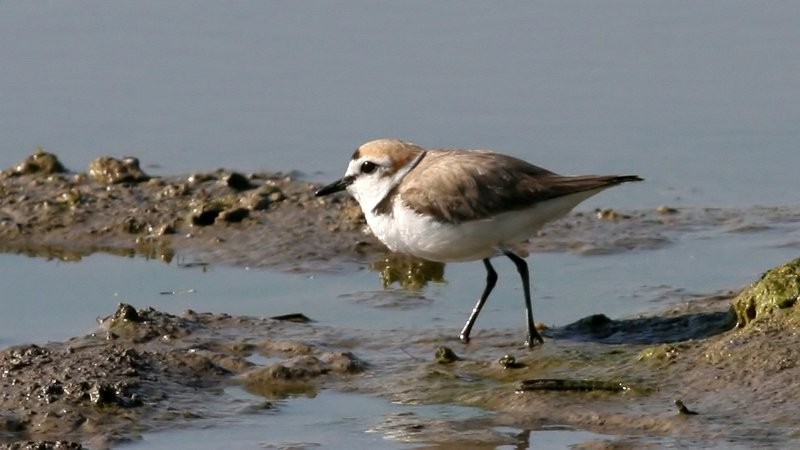 Where can I find kentish Plover?
Where can I find kentish Plover?
Where can I find kentish Plover?
The breeding habitats are most commonly alkali lake shores, wetlands, salt marshes, and coastland, which is fitting with the results of a study that investigated what makes an environment suitable for a breeding habitat for the Kentish plover. By analysing four variables of all known nests, the study found that plovers prefer to nest in areas of low elevation, low vegetation, high moisture and places faraway from human activity and settlements,. There have been observations of parents moving their chicks from poor food areas to better food areas, with chicks subsequently growing stronger in the high food areas. This suggests that parents strategically move their chicks and change habitats. Moving young has benefits: protection from predators, obtaining more food, avoiding competition for food and space, avoiding potential infanticide due to competition, and avoiding territory defences from others. However, this is a trade-off as there are also costs to moving young: moving expends a lot of energy, especially in young, therefore chick growth may be stunted as energy is used on movement rather than growth, the chance of mortality due to starvation or predation increases whilst moving through open areas and the area of high food may have a lot of predators in it already. Overall, chick growth and brood survival benefit from moving to a higher food area, therefore increasing reproductive success of parents, hence why the parents move their chicks. The study also found that the larger and heavier females were more likely to move chicks, perhaps because they could defend their chicks from neighbouring parents
People often ask
Related Searches
Scientific Classification
Phylum
Chordates Class
Birds Order
Shorebirds Family
Plovers Genus
Typical plovers Species
Kentish Plover 